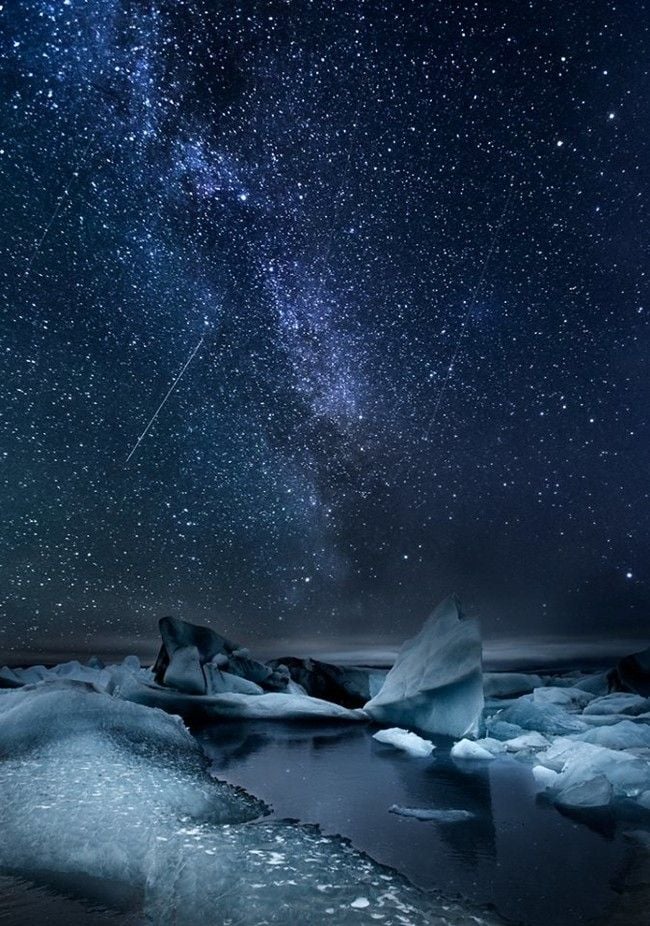The twinkling of stars is a truth so fundamentally accepted that children are taught about it in the form of rhyme from their earliest years. It is a distinctly noticeable characteristic that gives stars such a singular beauty as a part of the natural universe.
The twinkle is such an inherent part of a star’s existence that it is even the primary way of distinguishing a star from a planet with the naked eye. To look up at a clear night’s sky, it’s easy to get lost in the vast expanse of glittering specks disrupting the endless darkness. But those specks have so much to tell just through the simplest detail – and twinkling is one of them.
If you’re looking at something that doesn’t twinkle in amongst a swathe of stars, you are in fact looking at a planet.
The reason that planets don’t twinkle is because they are so close to us compared to stars. The only planets that are visible from Earth with the human eye are the ones that are contained within our solar system, the other celestial bodies that orbit our sun.
Stars, on the other, all exist outside of our solar system. Except, of course, for the sun itself.
Because planets are so close, our eyes can detect their finite size and can pinpoint their edges. Even if we don’t necessarily see them as anything more than pinpricks of reflected light far, far away in the distance, the human brain still registers a planet as a solid object with a stable image that the eye can comprehend
We cannot do the same for stars.
Stars are so far away that the light that they emit get refracted by the Earth’s churning atmosphere. Even on what feels like the stillest of days, the atmosphere around our planet is violent and turbulent. And while a lot of this movement happens on such a level that it is unnoticeable to the human eye, we can see its effects.
This turbulence throws the light from the star in direction directions, pushing and pulling it until it reaches us. To the human eye, this gives the light the effect of changing slightly in terms of brightness and position.
When such miniscule specks of light appear to dance in this way, the eye perceives it as the beautiful effect we now describe as twinkling.
Because this is due entirely to the way the Earth’s atmosphere interacts with the star’s light, you can see stars that do not ever twinkle when they are photographed from space.
This is why the images taken from the Hubble telescope, which has operated in low Earth orbit since 1990, are so fascinating to behold. They show us the beauty of our universe in an entirely new way and give us the clarity we need to develop a deeper understanding. The telescope strips away the life-giving atmosphere that warps our view of the outermost universe and presents it to us with stunning new precision.






